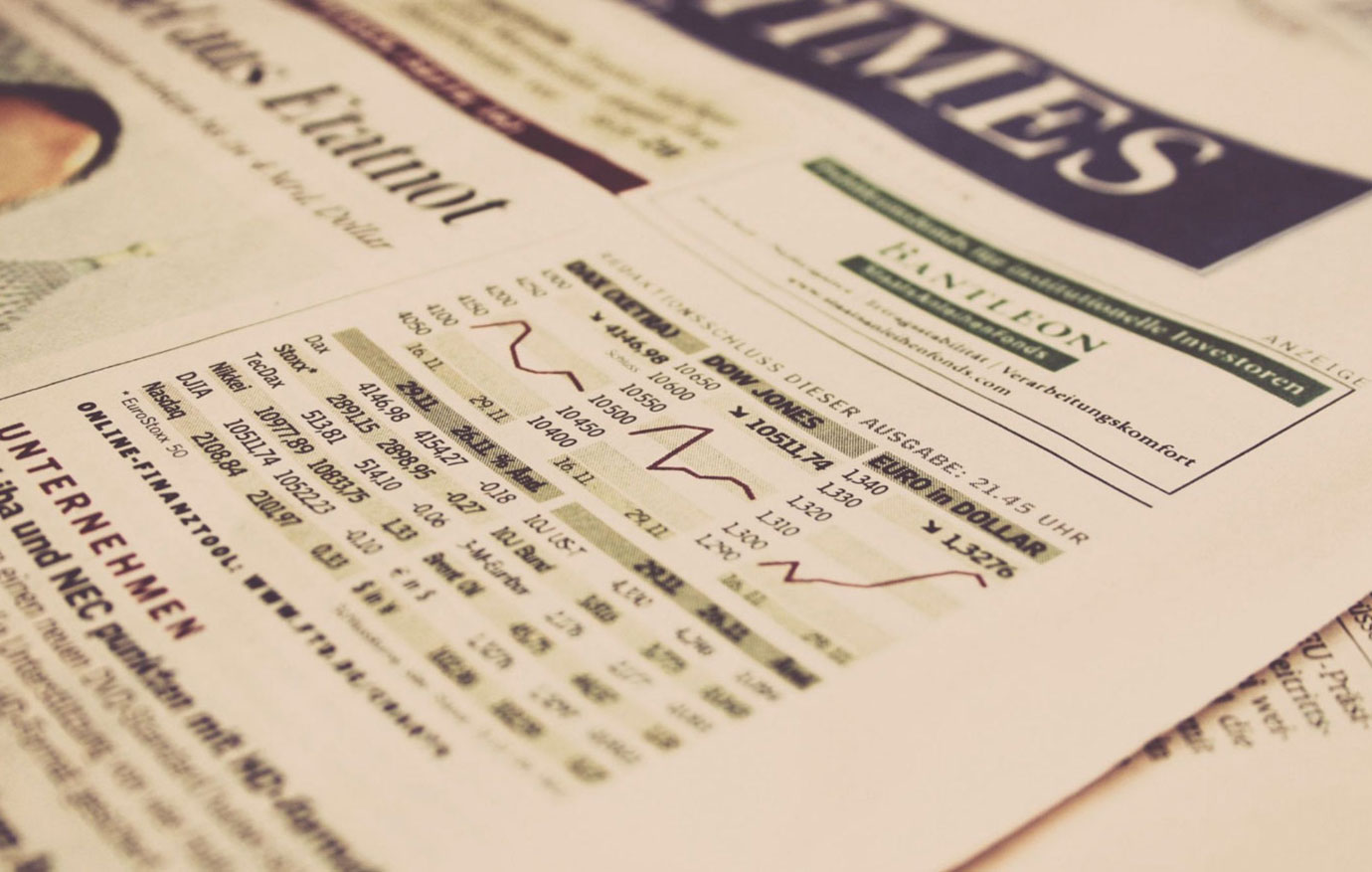
Are Seasonally Adjusted Economic Data Useful?
It is not possible to establish the conditions of the economy by just inspecting the data as a whole, according to many economists. What is required, instead, is to break the data into its key components, which supposedly will enable economists to identify the true state of the economy.
Components That Drive the Data
According to popular thinking, data that is observed over time—labelled as time series—is driven by four components, these are:
The trend componentThe cyclical componentThe seasonal componentThe irregular component
The accepted position is that over time the trend determines the general direction of the data. The cyclical component portrays fluctuations in the data due to the business cycle influence. The effect of seasons such as winter, spring, summer and autumn and various holidays is conveyed by the seasonal component. The irregular component shows various irregular events and that the interplay of these four components generates the overall data.
Popular thinking regards the cyclical component as the most important part of the data. It is held that the isolation of this component would enable analysts to unravel the mystery of the business cycle.
In order to preempt the negative side effects of the business cycle on individuals’ well-being, it is important to establish the magnitude of the cyclical component on as a short duration basis as possible. Thus, once the central bank has identified the magnitude of the cyclical component it could offset the cyclical influence by means of a suitable monetary policy, according to popular theory.
Various statistical studies claim that monthly fluctuations of the data are dominated by the influence of the seasonal component of the data. As the time span increases, the importance of the cyclical component increases while the influence of the seasonal component diminishes. The trend, it is assumed, exerts a strong influence on a yearly basis while having a minor effect on the monthly variations of the data.
While the irregular factor can be very “wild,” the effect it produces is of a short duration. Consequently, the effect of a positive shock is offset by a negative shock. It follows that in order to be able to observe the influence of the business cycle on a short-term basis all that is required is to remove the influence of the seasonal factor.
Removal of the Seasonal Component
Most economists consider the seasonal component of the data as known in advance. For example, every year people buy warm clothes before the arrival of the winter. In addition, individuals follow similar patterns of behavior before major holidays year after year. Thus, individuals tend to spend a larger part of their incomes before Christmas.
The assumption that the seasonal component is the same year after year means that its removal will permit an accurate assessment of the magnitude of the cyclical influence on the data. By means of statistical methods, economists generate monthly estimates of the seasonal component of a data. Once this component is removed from the raw data, the data becomes seasonally adjusted.
Note that we are left with the cyclical, the irregular, and the trend components. Because it is held that the importance of the trend component is insignificant on a monthly basis, the fluctuations in the seasonally adjusted data will mirror the effect of the business cycle.
Currently most government statistical bureaus worldwide utilize the US government computer programs X-12 and X-13 to estimate the seasonal component of a data. By means of sophisticated moving averages, these programs generate estimates of the seasonal component.
The computer program then uses the obtained estimates to adjust the data for seasonality. The designers of these seasonal adjustment computer programs also attempt to address the issue of the constancy of the seasonal component by allowing this component to vary over time.
For example, the seasonal component for retail sales in December will not be of the same magnitude year after year but will rather vary. Furthermore, these programs are instructed to employ only stable seasonality in the seasonal adjustment procedure.
It appears that sophisticated statistical and mathematical methods generate realistic estimates of the seasonal influence on the data, which in turn permits the identification of the cyclical component. Note again that the strength of the cyclical component could determine the direction of the central bank policy—i.e., whether the central bank will tighten or loosen its interest rate stance.
The computer programs, however, are based on mechanical procedure, not economic theory. If the data appears to be very choppy then a high degree of a moving average is applied. Conversely, a lower moving average is employed for a lesser volatile data.
In the process of calculating the seasonal component, the computer program produces estimates for the trend and cycle component using either a weighted nine-term moving average or, a weighted thirteen-term, or a weighted twenty-three-term moving average.
The isolation of the cyclical influence on the data gives little help in understanding the phenomenon of the business cycle. Without establishing the key causes driving this phenomenon, it is impossible to establish the remedies to heal the economy.
Furthermore, if one accepts that the data is the result of interacting trend, cyclical, seasonal, and irregular components, then one can conclude that these components affect the data, irrespective of human volition.
However, human action is not robotic but rather conscious and purposeful. The data is the result of people’s assessments of reality in accordance with each individual’s particular end at a given point in time. The individual’s action is set in motion by his valuing mind and not by external factors.
The crux of the problem is that people’s responses to various seasons or holidays are never automatic but rather part of a conscious purposeful behavior. There are, however, no means and ways to quantify individual’s valuations and no constant standards for measuring the act of a mind’s valuation of reality. This, in turn, means that so-called estimates of a computer-generated seasonal component are arbitrary.
Contrary to the accepted view, the adjustment for seasonality distorts the raw data, thereby making it much harder to ascertain the state of the business cycle. These distortions have serious implications for policy makers who employ various so-called countercyclical policies in response to the seasonally adjusted data.
Assumptions by central bank policy makers that they can quantify something that cannot be quantified are major sources of economic instability. This viewpoint claims that the business cycle is inherent in the economy, a mysterious something that is the source of the sudden swings in economic activity.
Overlooked is the fact that the swings in economic activity are the result of central bank monetary policies, including creation of interest rates, setting the platform for the generation of money out of “thin air” that contributes to people’s erroneous valuations of reality.
Without a coherent theory, which is based on the facts that human actions are conscious and purposeful, it is not possible to begin to understand the causes of business cycle and no amount of data torturing via advanced mathematical methods can do the trick.
Conclusion
To ascertain the state of an economy, most economists believe that information regarding the cyclical component of economic data, such as gross domestic product, is of great help. Experts have concluded that preventing an economic slump requires information about the magnitude of the cyclical component of the data on a short-term basis. The sooner the problem can be identified the easier it will be to fix it—or so it is held.
Mainstream economists believe that removing the seasonal component of the data will establish the cyclical influence. Even if that were possible, not having a coherent theory keeps them from understanding the causes of the business cycle.



